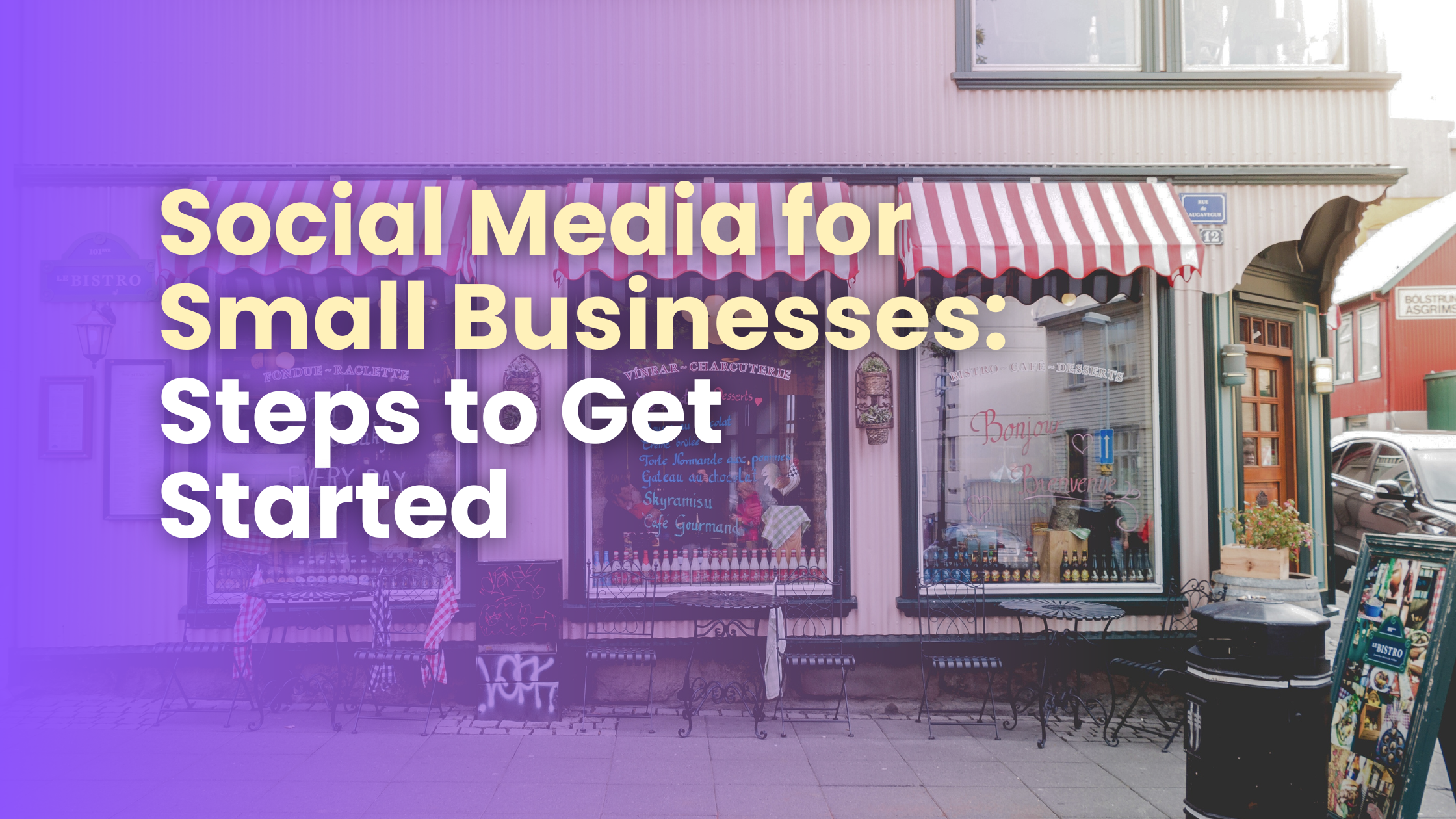Social media has evolved into a vital tool for small businesses looking to expand their reach, engage with customers, and drive growth. Over 96% of small businesses now use social media channels as part of their marketing strategies, demonstrating the critical role of social media for small business success.
In this article, we will explore actionable strategies to help small businesses make the most of social media, fostering meaningful connections and measurable results.
Why Social Media Matters for Small Businesses
Social media is more than a marketing tool; it’s a growth engine for small businesses. Over 50% of consumers discover new brands through social media platforms. Therefore, for small businesses, this presents an unprecedented opportunity to showcase their offerings and connect with potential customers.
Social media serves as your virtual storefront, operating 24/7 to:
- Increase sales and revenue
- Build brand awareness and credibility
- Generate qualified leads
- Foster customer relationships
- Drive targeted traffic to your website
If your business doesn’t yet have a social media presence, there’s no better time to start. But if you’re unsure where to begin or want to improve your existing strategy, follow these 7 steps for social media success:
1. Define Your Target Audience
Identifying your target audience is crucial for effective social media marketing. Gather detailed insights about your customers, including:
- Who are they? Consider factors like age, gender, location, and income level.
- What are their interests and needs? Dive deeper into their hobbies, lifestyle, and preferences.
- Why do they need my product or service? This insight will guide your messaging and help you connect authentically.
Understanding why your audience needs your product or service will help you find and engage with them effectively on social media
2. Choose the Right Platforms
Not all social media platforms are the same! And your business doesn’t need to be on all of them. Instead, focus on the platforms where your target audience is most active. For example:
Instagram: Ideal for visually-driven brands that can showcase their products or services through images and videos.
Facebook: Great for community building (Facebook Groups) and sharing detailed posts or updates.
WhatsApp Business: A powerful tool for direct communication and customer support, allowing you to build trust through personalized interactions.
LinkedIn: Great for B2B companies or professional services to connect with industry leaders, share insights, and establish credibility.
TikTok: Perfect for brands targeting younger audiences with creative, short-form, and engaging video content.
Avoid spreading yourself too thin by trying to manage too many platforms.
3. Create Engaging Content
Content is the core of any social media strategy. For small businesses, engaging and valuable content can help build trust and foster long-term relationships with customers.
Instead of overwhelming your audience with constant posts, prioritize content that adds value: be it educational, entertaining, or inspiring.
For example, you can showcase behind-the-scenes glimpses of your business, sharing customer testimonials, or posting tutorials that highlight how your products or services solve specific problems. Visuals play a significant role, so invest in images or videos that tell your brand’s story compellingly.
4. Implement a Strategic Posting Schedule
One of the most common pitfalls in social media management is inconsistency. And we’re not suggesting you need to post seven times a week, but disappearing after one post and expecting results isn’t realistic either. An active profile demonstrates credibility and creates more opportunities to connect with a broader audience.
Developing a content calendar helps you maintain a regular posting schedule, ensuring your audience stays engaged. Analyze your audience’s activity patterns to identify the best times to post, and strike a balance between maintaining visibility and ensuring quality.
5. Use Tools Strategically
When used strategically, social media can transform your small business’s growth, but success requires more than just posting randomly. So make sure to align your strategy with clear goals to ensure results.
Investing in the right tools ensures you save time and effort while staying within budget, allowing you to focus on growing your business.
Free tools like Meta’s native schedulers, Canva for design, and platforms like Hootsuite help you manage multiple accounts, create engaging visuals, and analyze your social media impact.
The goal is to work smarter, not harder, allowing you to focus on growing your business while maintaining a consistent and professional online presence.
6. Focus on Quality Over Quantity
Let’s get real about social media: more isn’t always better. Some entrepreneurs equate success with having many followers or frequent posts. But think of social media like a conversation: would you rather talk to someone who never stops rambling, or someone who says something genuinely interesting when they speak?
Your social media strategy should feel the same way. Instead of flooding your followers’ feeds with constant, meaningless posts, focus on creating content that aligns with your audience’s needs and interests.
7. Tailor your content
Content tailored to your audience’s specific interests, needs, and pain points drives meaningful engagement and fosters loyalty. Understand their challenges and create posts that offer solutions, educate, or entertain in ways that resonate deeply with them.
When your content feels personal, it builds trust and strengthens the connection with your brand. This positions your business as a valuable resource, ensuring your audience keeps coming back for more.

